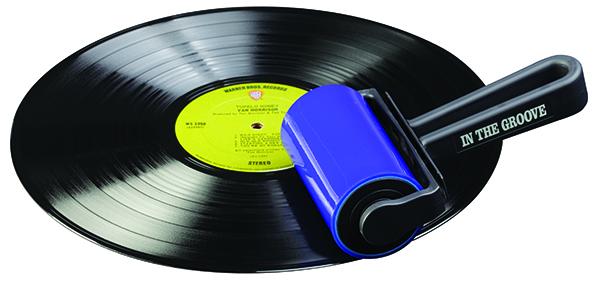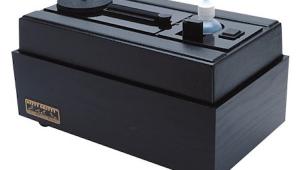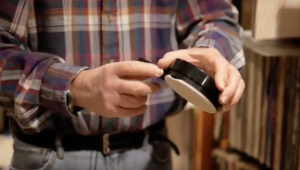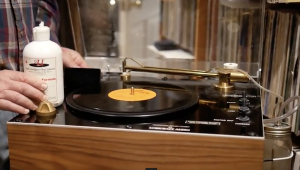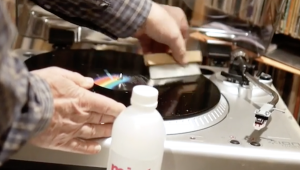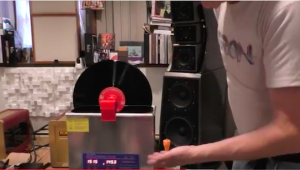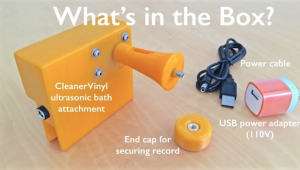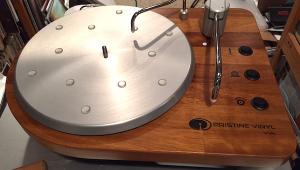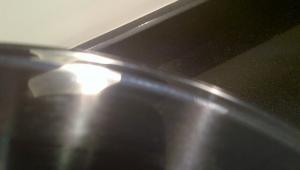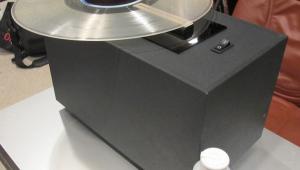And I wouldn't wanna be without one.
I also own a VPI 16.5 machine that I wouldn't wanna be without either. But the fact of life is that you're still gonna get dust on your records even after a trip through the cleaning machine.
I usually take my carbon fiber brush and spin the record around on the platter then take the In The Groove roller and zap up the pile of dust.
It cleans up easily with warm water and paper towel and it works like new. A bit of advice with the paper towel is to have it slightly damp or the dry paper is gonna stick.
$20 well spent in my humble opinion.
